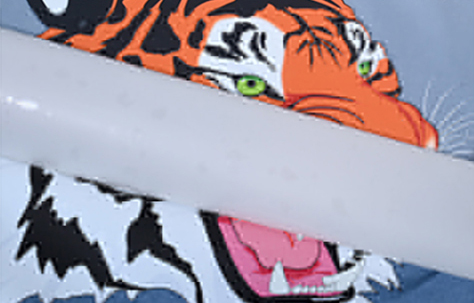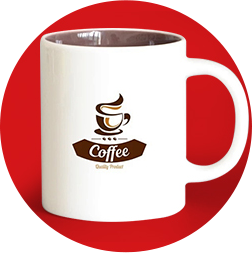




| Index | Performance | |
|---|---|---|
| g/m2 | 88±3 | |
| Size tolerance | Sheet size: width±1.5 mm ;length±1.5 mm | |
| Roll size: width±2.0 mm ;length±0.5% | ||
| Thicknss/um | 100-120 | |
| Warp(Sheet size) | ≤3 cm | |
| Whiteness(Print side) | ≥80 | |
| Moisture content/% | 5.0-7.0 | |
| Electric resistance | 107-1011Ω | |
| Test condition-temperature is 25 ± 3℃, humidity is 50 ± 3% | ||
Our DTF Film Supplier offers Direct To Paper (DTP), an eco-friendly, FSC-certified, recyclable paper for DTF printing. Free from harmful substances and reducing plastic usage, DTP is suitable for pattern transfers on children's clothing and a wide range of textiles. It can be used on materials that typically use DTF Film, including cotton, nylon, treated leather, polyester, and more, providing a versatile and sustainable solution for garment printing.



Superior Ink Absorption:
Its paper substrate enhances ink absorption, resulting in clear, vibrant patterns, dots, and lines.
Efficient Peeling:
The special coating allows for both hot and warm peeling, with an antistatic effect, making the process fast and efficient with no waiting time.
Eco-Friendly & Safe:
Made from recyclable paper, DTP Paper is energy-saving, environmentally friendly, and safe for use on children's clothing.
| Use advice: | ||
|---|---|---|
| Transferring parameters: | Cotton, linen, polyester, and other ordinary fabrics | 130~160℃ |
| Denim, canvas, and other heavy fabrics | 190℃. | |
| Leather | below 100℃. | |
| Pressure: | Apply medium pressure, ranging from 3 to 6kg/cm2 , ensuring a tight press on the patterned parts for optimal results. | |
| Avoid pressing over fabric seams, zippers, buttons, and other components. If the pressing surface is uneven, use a foam silicone pad to ensure an even result. | ||
| Transfer time: | about 10~15 seconds | |
| Adjust specific temperature, time, and pressure settings based on the heat transfer machines, fabric, and hot melt glue powder during the debugging process. | ||
-01-
Store in a cool, dry place at 20~25℃ and use within six months.
-02-
Keep the product sealed before use and promptly reseal unused papers to prevent moisture exposure.
-03-
Ideal usage conditions: 15~35℃ with 40~65% humidity.
-04-
Conduct printing and transfer tests before large-scale production.
Arching During Printing: Due to moisture absorption and water-loss properties, avoid high drying temperatures to prevent paper deformation and arching. Adjust printer heating if room temperature is above 20°C.
Wrinkling from Wind: DTP is less stiff than PET film, so minimize air movement on the printer table and close air suction equipment when printing is paused to prevent wrinkles.
Powder Adhesion: High humidity can cause powder adhesion on DTP. Dehumidify or heat the front plate before powder shaking, and shrink white ink graphics slightly to avoid powder sticking to the edges.
Peel Force: DTP has greater peel force than DTF film. Adjust peeling speed (cool, hot, or seconds peel) based on fabric and hot melt adhesive powder.
Transfer Temperature and Time: DTP’s thermal conductivity is lower than DTF film, so set a slightly lower temperature and time. Perform tests to ensure proper color fastness before production.
Hot Melt Powder Adsorption: DTP absorbs more ink than DTF film, so heating the printer table is generally unnecessary. However, in low temperatures or high humidity, heat the powder shaking machine plate to reduce moisture and prevent hot white spots during transfer.
We are a trusted manufacturer, supplier of DTF Supplies for over 20 years
*We respect your confidentiality and all information are protected.